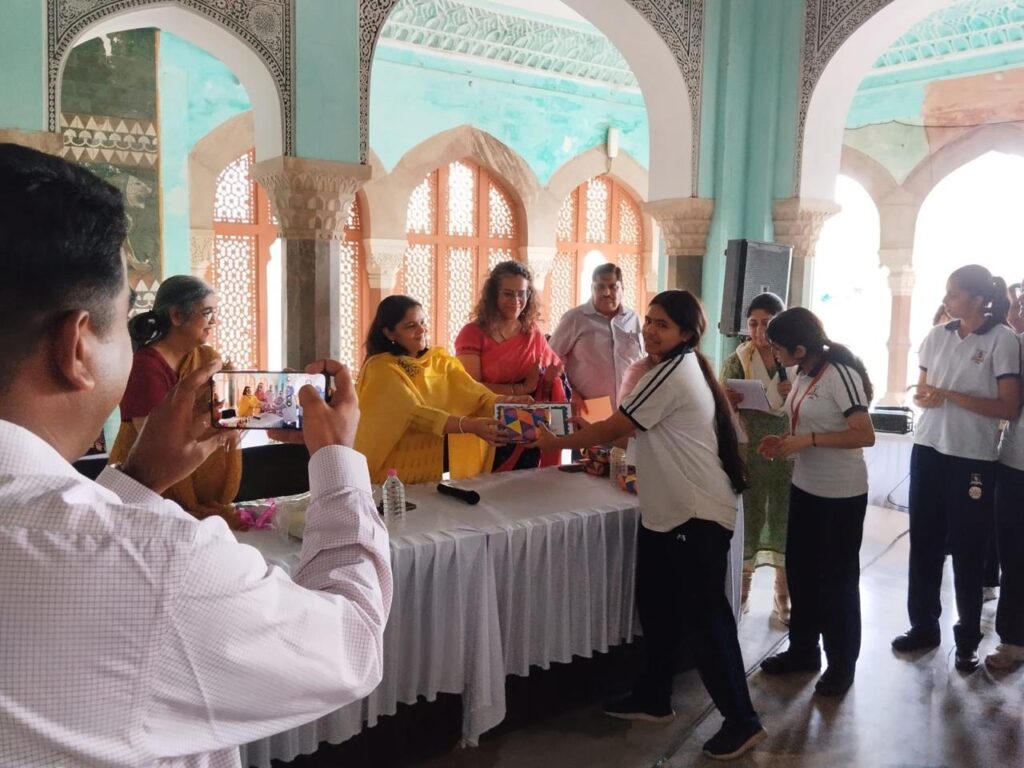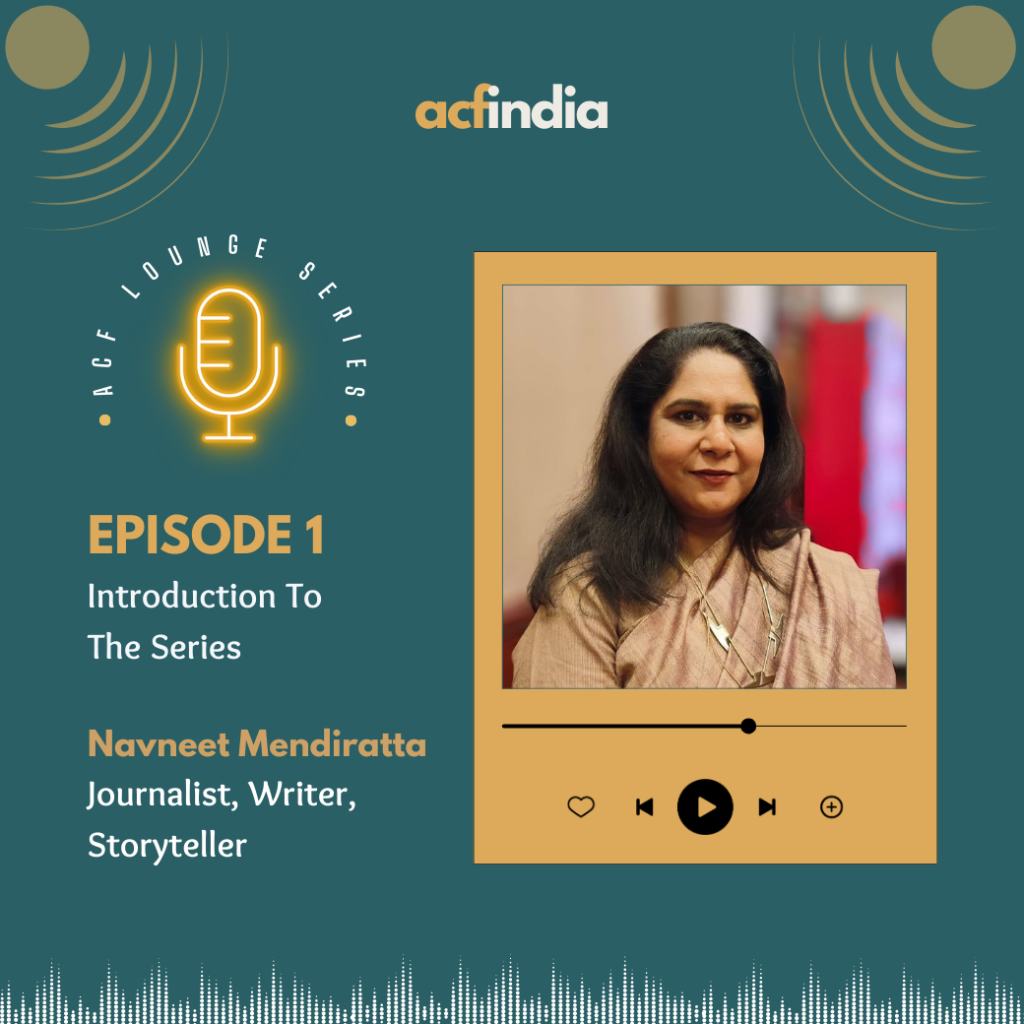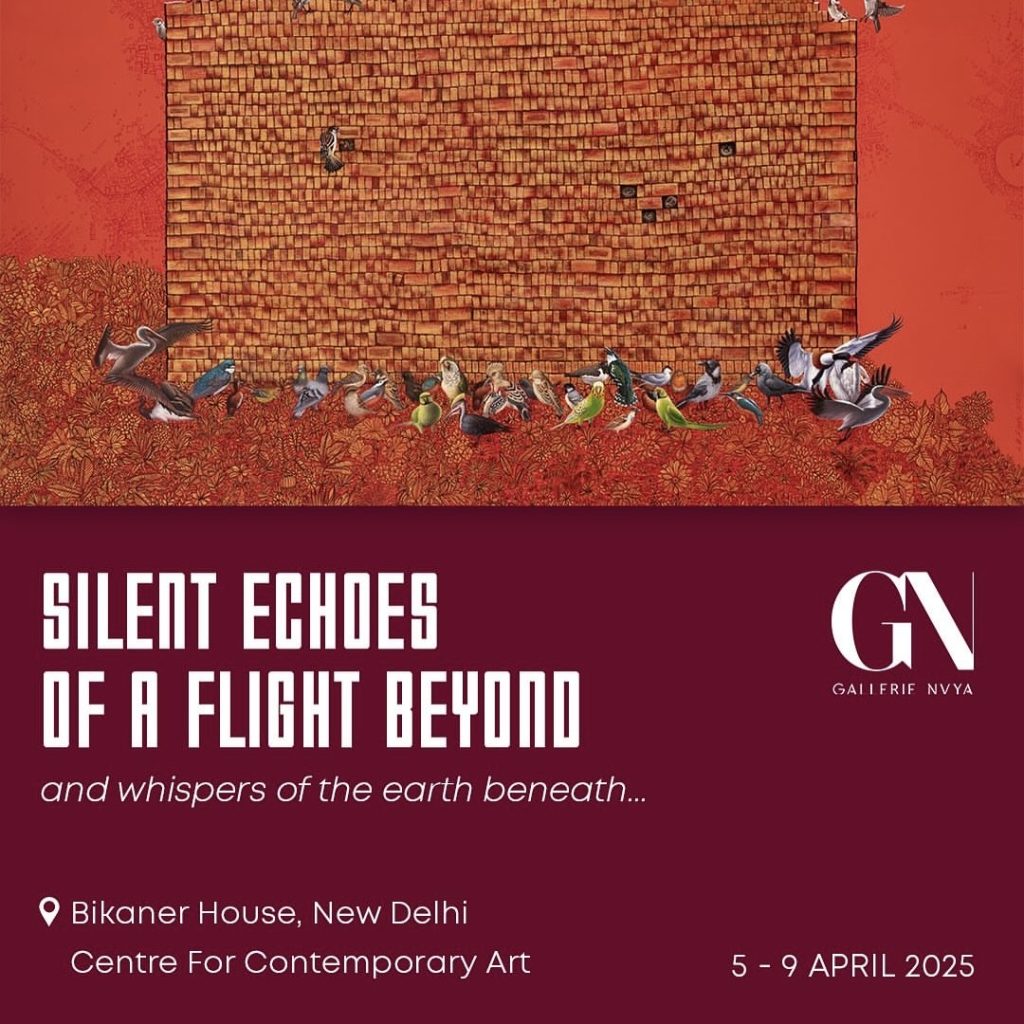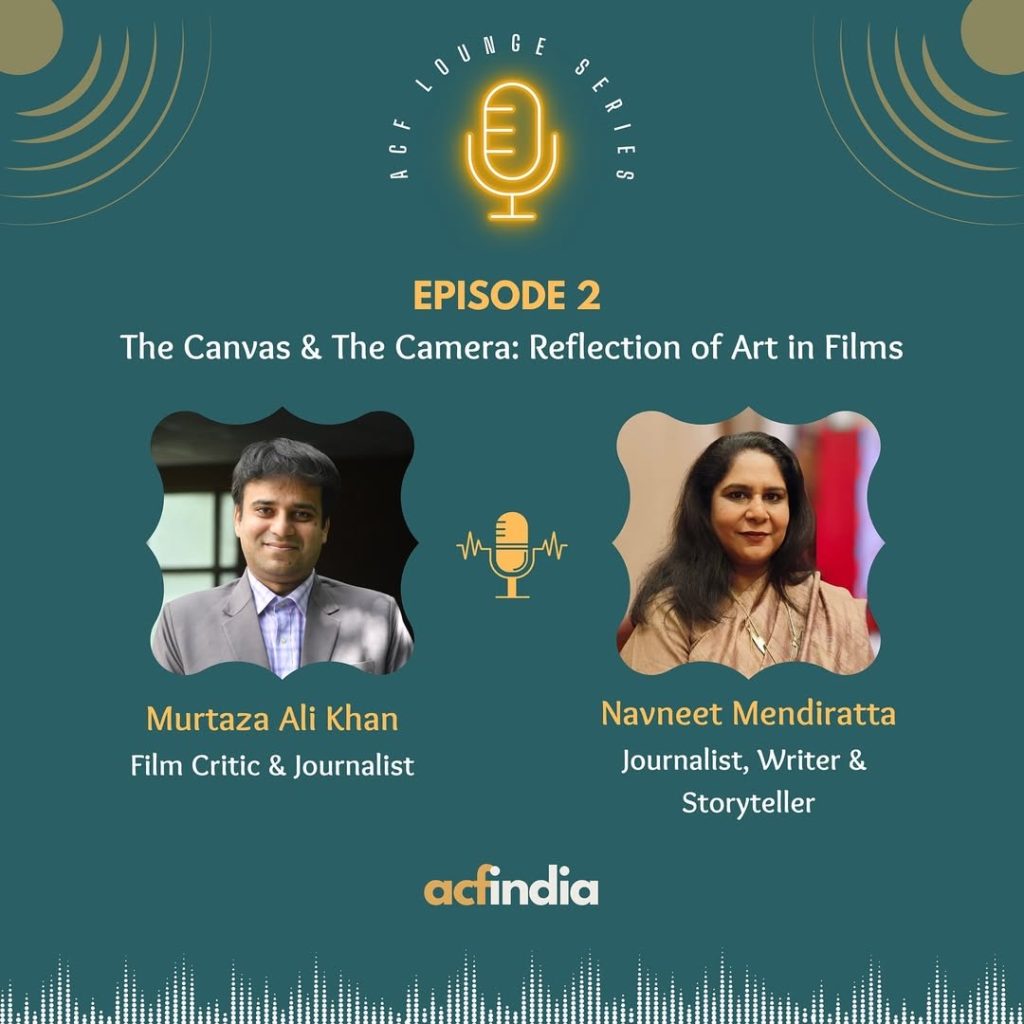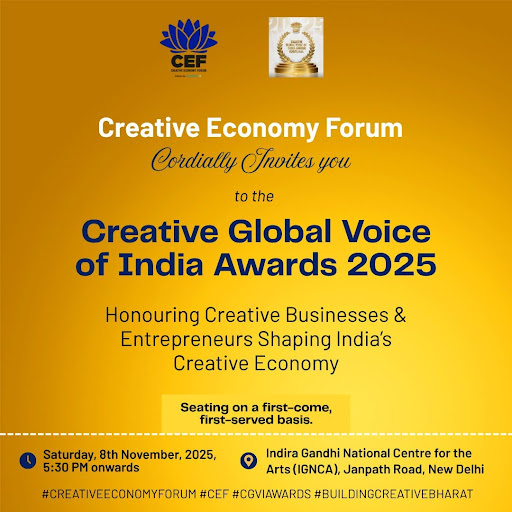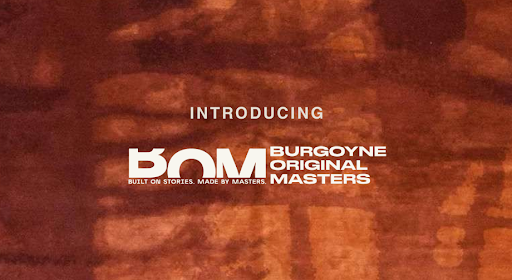Art Culture Festival was fortunate enough to interview Dr Shikha Jain- a renowned Heritage Expert and Founding Director of DRONAH (Development and Research Organisation for Nature, Arts and Heritage). She is the key figure behind Jaipur’s inscription on the World Heritage list. In this interview, Dr. Jain talks about her vision and evolution of Jaipur World Heritage- a website that sums up everything one needs to know about Jaipur. She talks about the importance of digital documentation, educating the younger generation and commitment that we as the 21st century generation has towards preserving our heritage. From facing challenges of managing a “Living Heritage” to empowering craftspeople, this conversation highlights the contribution of Jaipurworldheritage.com towards heritage conservation.
Dr. Shikha Jain, Heritage Expert and Founding Director of DRONAH (Development and Research Organisation for Nature, Arts and Heritage)
1. Jaipur World Heritage is a rich digital archive celebrating the city’s living heritage. What inspired the creation of this platform, and how did the idea evolve through DRONAH and in collaboration with the Government of Rajasthan?
DRONAH has been working with the Government of Rajasthan since 2006 and was instrumental in getting all UNESCO designations achieved for the State’s Cultural Heritage in last 10 years; these include the inscription of Jantar Mantar on World Heritage List in 2010, Hill Forts of Rajasthan in 2013, Jaipur City in 2019 and, also Jaipur as UNESCO Creative City of Crafts and Folk Arts in 2015. Besides this, DRONAH has worked on several urban conservation and museum projects in Rajasthan, including the conservation of Ghat ki Guni and Jaipur Bazzars. Immediately after the inscription of Jaipur City in 2019, there was COVID, and the city’s people suffered. At that time, DRONAH, along with its knowledge partners, came up with the idea of the website Jaipuroworldheritage.com so that all Jaipur database could be available for researchers, academicians, and practitioners for future use. At the same time, the website also serves to create awareness about the Outstanding Universal Value for which Jaipur is inscribed on the World Heritage List. It also provides information to the general tourist about the heritage walks and museums in the city, as well as empowers the craftspeople of Jaipur by showcasing their works.
2. As someone who has worked extensively with UNESCO and contributed to Jaipur’s inscription as a World Heritage City, how do you see digital platforms like jaipurworldheritage.com contributing to heritage conservation in the 21st century?
UNESCO is very concerned about the involvement of communities in conservation and management of a World Heritage Site. These digital platforms serve as important means to communicate with the citizens and visitors. We hope that in future this platform can be more dynamic to include people’s voices on the state of the city and address their concerns. In that sense, we feel such digital platforms have immense potential to contribute to a participatory approach for planning and conservation.
Shakul, visually impaired intern from DRONAH conducting heritage walk for differently abled students in Jantar Mantar.
3. One of the highlights of the website is its detailed directory of craftspeople and folk artists. How important is digital documentation in empowering local artisans and ensuring their visibility in a globalised world?
It is an important means of providing direct access to local craftspeople. Initially, we had intended that the website could also serve as a platform to promote direct sales for the craftspeople, especially during the COVID period, as the craftspeople did not have any direct customers. But it involved too many complications, so we felt it was best to provide a direct contact where the web visitor could be in touch with the craftsperson on their own.
4. Jaipur’s bazaars, streets, festivals, and architecture represent a living, breathing heritage. How does your team navigate the balance between preservation and the natural evolution of urban life?
This is the beauty and chaos of an Indian city. We term it as ‘Living Heritage’. Jaipur has so many tangibles and intangibles to experience in totality. The challenge of course remains in balancing urban pressures of a growing city specially traffic, electrical wiring, sewage, solid waste and stray animals rather than the building conservation works. Fortunately, the current government is making a conscious effort to resolve these issues in a balanced manner while retaining the historic character of the city.
5. Having led over 70 cultural heritage projects globally, what makes Jaipur’s cultural landscape unique, and what lessons can other heritage cities draw from it?
Jaipur is an exceptionally planned city of the 18th century that is so well-designed it continues to cater to the urban pressures of today, as recognised by UNESCO. Besides its historic town planning model, Jaipur has also pioneered urban conservation works and serves as a model for historic cities in India. It was the first city in India to prepare a Built Heritage Management Plan in 2007. The Built Heritage Management Plan was also integrated with the Jaipur Master Plan and recognised as a Best Practice Example by the National Institute of Urban Affairs in 2015. The city is now committed to developing a Comprehensive Heritage Management Plan as per its commitment to the UNESCO World Heritage Committee.
The city has also set an example of urban acupuncture projects, such as the revitalisation of Ghat ki Guni by protecting 52 structures in the valley and diverting the Jaipur-Agra highway to protect this significant cultural landscape setting. Conservation of its bazaars was one of the first urban conservation projects to be funded by the Ministry of Urban Development, which facilitated similar funding for other historic cities in India. Besides the governmental role in Jaipur’s heritage, there are several local NGOs and institutions that support conservation and interpretation of its heritage.
6. What role do you believe platforms like Jaipur World Heritage play in educating younger generations about their cultural roots and encouraging them to engage with heritage in meaningful ways?
Such platforms are important resources for the younger generation to learn about Jaipur and its heritage. The modes of engagement on such platforms can be diversified to cater to diverse audiences. These platforms help younger professionals to learn about the city’s history, crafts, architecture, planning, conservation, art and culture in totality.
Discussion with Master craftsmen under Kriti Manch in Chowkri Modikhana.
7. What’s next for the Jaipur World Heritage platform—are there future expansions, collaborations, or community-led initiatives in the pipeline?
Yes, we want the Jaipur World Heritage Platform to be more interactive and dynamic. We are planning Chowkri-wise information on this platform that can be accessible to all residents and visitors. We are also planning a deeper dive into the crafts streets of Jaipur and we intend to add a section on the festival calendar of Jaipur.
8. Finally, what advice would you give to cultural practitioners, students, and policymakers who wish to meaningfully engage with heritage preservation in their own regions?
My main message would be that they need to be committed to the cause of preservation of their town or city, come what may. Any change takes time. And conservation is a long drawn process. Moreover, city level conservation is often faced with multiple challenges. In our years of engagement with conservation initiatives in Jaipur we often felt that it was two steps forward and one step backward at various points. But you need to be patient and be faithful and committed to the cause through difficult times. Build a strong network of like minded individuals, citizens, NGOs and institutions who can jointly contribute to safeguarding your city’s heritage. Teamwork and collective voice is most critical in this change.
Pooja Agarwal conducting Amer Fort walkthrough with Korean experts Feb 2025.
By Team ACF


